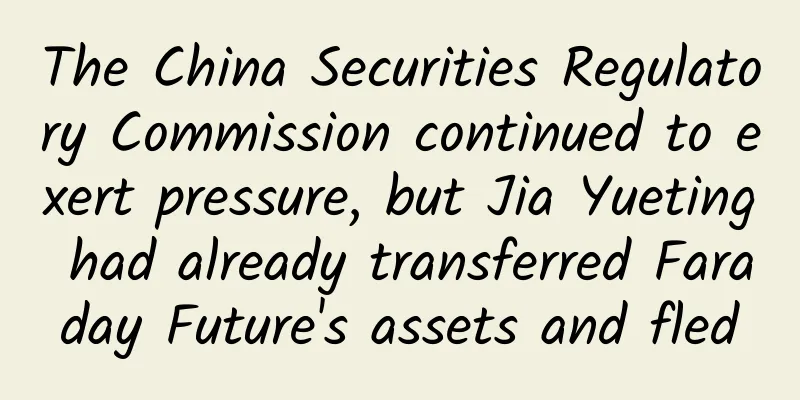Phoenix American: 2022 Commercial Real Estate Trends Report

|
Phoenix American released the "2022 Commercial Real Estate Trends Report". Rental apartments in the United States are one of the hottest industries after the pandemic, characterized by surging demand and low risk of oversupply. During the epidemic, occupancy rates and rental growth in second-tier cities in the South and the West were significantly better than those in coastal gateway cities. The office market has been hit hard by the pandemic, with new leasing activity slowing dramatically and new sublease space flooding the market. Many major employers plan to reopen offices in late summer or early fall. 70% of large office users plan to reduce office space by 10%-30% over the next three years, and the impact of working from home will continue to be felt. The pandemic and the abrupt shutdown of large swaths of the economy in 2020 led to a surge in demand for warehouses across the U.S. as spending shifted online. While the e-commerce revolution predated the pandemic, the abrupt shift accelerated the trend by three to five years. Retail property sector performance varies widely by region, submarket and retail property subtype. Second-tier cities such as Phoenix and Austin outperform gateway cities such as New York and San Francisco. Suburban retail properties tend to outperform main street retail in major cities. The e-commerce revolution, along with changing shopping habits and shifting consumer preferences, is blurring the lines between physical retail and logistics real estate. The U.S. hotel industry just experienced an unexpectedly strong summer travel season, characterized by significant increases in occupancy and record-high average daily rates. Despite the peak season, the hotel market is not out of the woods yet. With the leisure travel season over and business travel still weak, industry observers expect performance to continue to be weak. Real estate investment activity rebounded in the latest quarter with $177 billion in deal value, up 151% year-over-year. Total returns for core institutional real estate jumped 5.2%, the highest in a quarter since 2005. Environmental, social and governance (ESG) factors are gaining attention at all stages of the investment process. Investors have begun to exit the risk spectrum as low interest rates and intense competition in a highly liquid market squeeze cap rates. The PDF version will be shared on 199IT Knowledge Planet, just scan the QR code below! |
Recommend
Broken two ribs is only considered a minor injury?
Since the Tangshan beating incident, the developm...
Xiaohongshu operation skills and strategies for rapid fan growth
Any company with sufficient budget wants to creat...
Short video operation process, five rules for short video operation
Short video apps carry more marketing, user and s...
Doing this will prevent your information flow ads from dying on the landing page!
Before we start, let’s talk about: “How many head...
On this most "flat" planet, summer lasts 42 years
Reviewer: Zhao Liangyu Associate Professor, Fligh...
The history of Chaozhou flavor
Written by Wei Shuihua Header image | TuChong Cre...
5 steps to make your Douyin operation more efficient
If you ask Aunt Lisa, does it cost money to make ...
Android 10 is here: Google releases Beta 1 test version for ordinary users to try
Google today released a new operating system, And...
After checking in at so many volcanoes with the word "龖龘", I was given a special summer emergency safety guide
In the public's impression, volcanoes may hav...
This lizard, named after the snake monster, has the ability to walk on water.
In the martial arts novel The Legend of the Condo...
KGI Securities: iPhone 7 will not sell better than iPhone 6S
Recently, according to foreign media reports, alt...
These smuggled scales are all we know about the new pangolin species
Recently, scientists discovered a new species of ...
What thoughts can we draw from the most noteworthy crisis public relations cases in 2017?
2017 is still a year of social media shining. Wit...
Weibo marketing promotion strategy, share these 3 points!
Weibo may not bring direct sales, but it can subt...

![[Scholars from the Saiwai] The Secret of Seeking the Dragon: Predicting the Leader at a Low Level + Prediction Before the Market Opens on 2022.5.9-5.13](/upload/images/67cc03a231df6.webp)







